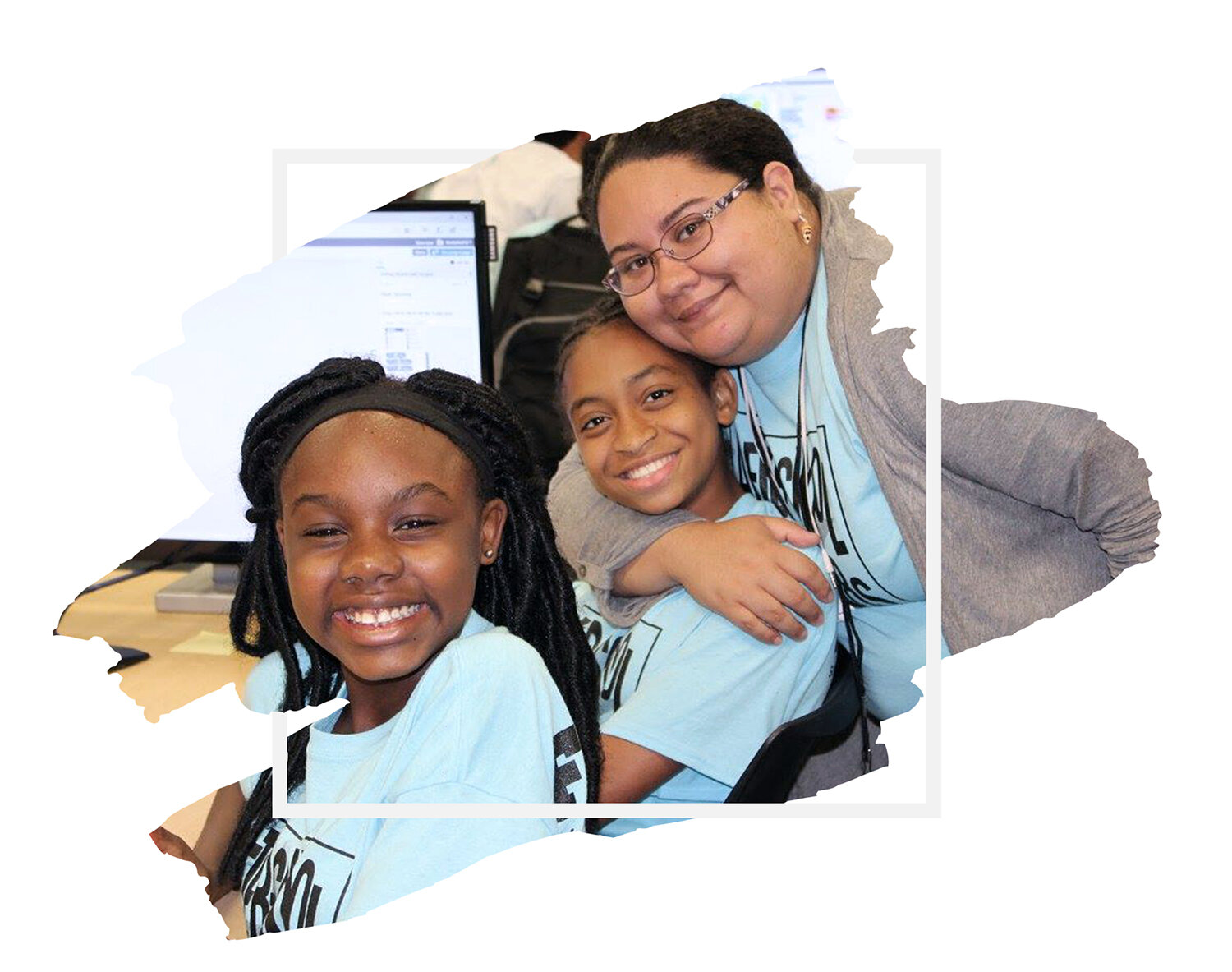
After-School Hours in America Are a Critical Time
More than 15 million school-age children are on their own after school. Among them, more than 1 million are in grades K-5.¹
More than 28 million parents of school-age children are employed, including 23 million who work full time.²
Only 8.4 million K-12 children participate in after-school programs. An additional 18.5 million would participate if a quality program were available in their community.³
The hours between 3 and 6 p.m. are the peak hours for juvenile crime and experimentation with drugs, alcohol, cigarettes and sex.⁴
After-School Programs Greatly Benefit Youth and Their Families
An analysis of 68 after-school studies concluded that high quality after-school programs can lead to improved attendance, behavior and coursework. Students participating in a high quality after-school program went to school more, behaved better, received better grades and did better on tests compared to non-participating students.⁵
Teens who do not participate in after-school programs are nearly three times more likely to skip classes than teens who do participate. They’re also three times more likely to use marijuana or other drugs, are more likely to drink, smoke and engage in sexual activity.⁶
Parents miss an average of five days of work per year due to a lack of after-school care. Decreased worker productivity related to parental concerns about after-school care costs businesses up to $300 billion per year.⁷
After-School Programs Promote Student Success
The Promising After-school Programs Study found that regular participation in high-quality after-school programs is linked to significant gains in standardized test scores and work habits as well as reductions in behavior problems among disadvantaged students.⁸
Annual teacher-reported performance data from 21st CCLC grantees across the country demonstrate that students attending 21st CCLC programs raise their Math grades (37 percent) and English grades (38 percent), while also improving their homework completion and class participation (72 percent) and their behavior in class (67 percent).⁹
Researchers at Johns Hopkins University concluded that two-thirds of the achievement gap between lower- and higher-income youth results from unequal access to summer learning opportunities.¹⁰
References: [1] Afterschool Alliance, 2009 [2] U.S. Department of Labor, 2010 [3] Afterschool Alliance, 2009 [4] Fight Crime: Invest in Kids, 2003 [5] Durlak, Weissberg & Pachan, 2010 [6] YMCA of the USA, 2001 [7] Catalyst & Brandeis University, 2006 [8] University of California at Irvine, 2007 [9] Learning Point Associates, 2010 [10] American Sociological Review, 2007
Get Involved in Your Community




